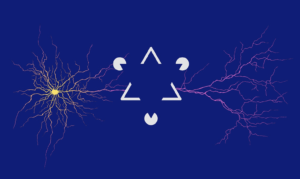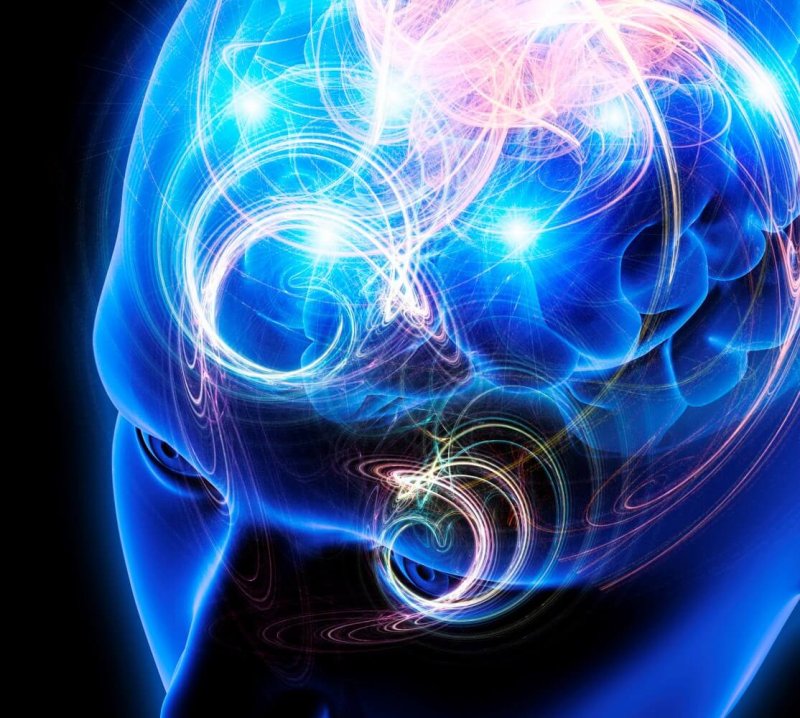Scientists are a step closer to unraveling the mystery of sight now that they have revealed part of the process by which the brains of mice interpret visual stimuli.
From previous research, scientists understood that neurons in the visual cortex…exchange excitatory signals through…synapses according to the distinct features in a visual space.
…
The new research, conducted by Maria Iacaruso from the University of Oxford and her colleagues and published in Nature, endeavored to explore this process by mapping the interactions between individual neurons in the visual cortexes of mice as the animals reacted to black and white squares placed in different parts of their field of view.
…

From their study, Iacaruso’s team found that the synaptic activity in the mice tended to mirror the organisation of the visual space around them, particularly with respect to edges and lines.
…
“Our visual environment contains many long lines and contours,” says [Iacaruso’s colleague Sonja Hofer]. “The structure of the world around us is therefore mirrored in the pattern of synapses in the brain.”
Hofer claims that the brains of mammals are so good at identifying contours and objects in images that they are occasionally deceived into seeing them when they do not exist, such as in optical illusions.
The GLP aggregated and excerpted this blog/article to reflect the diversity of news, opinion, and analysis. Read full, original post: How patterns in the brain mirror what you see































